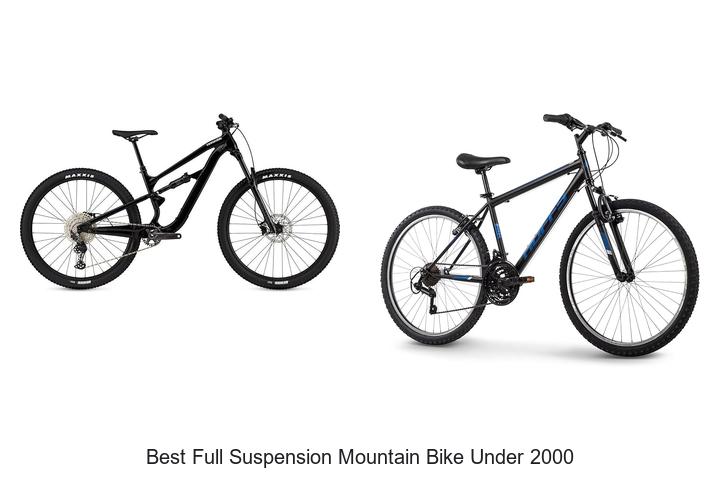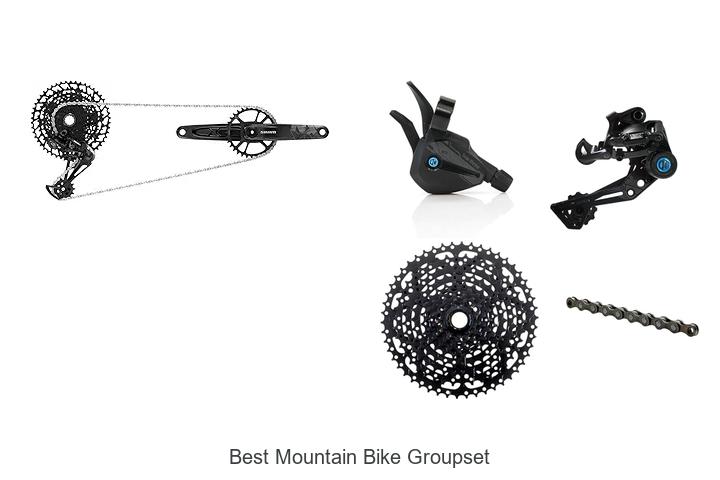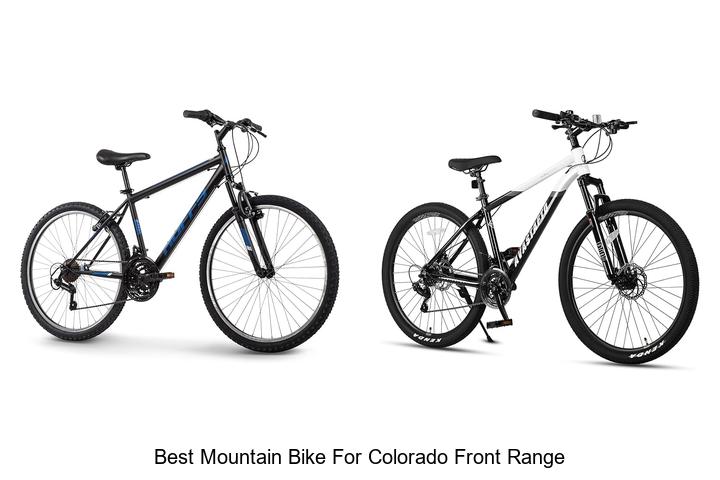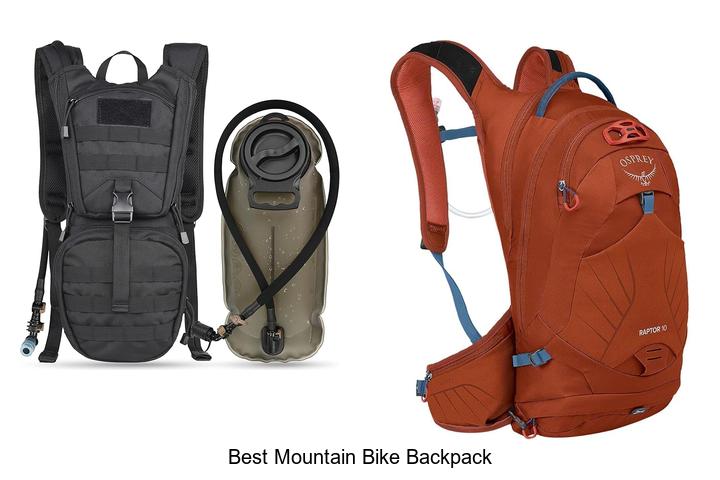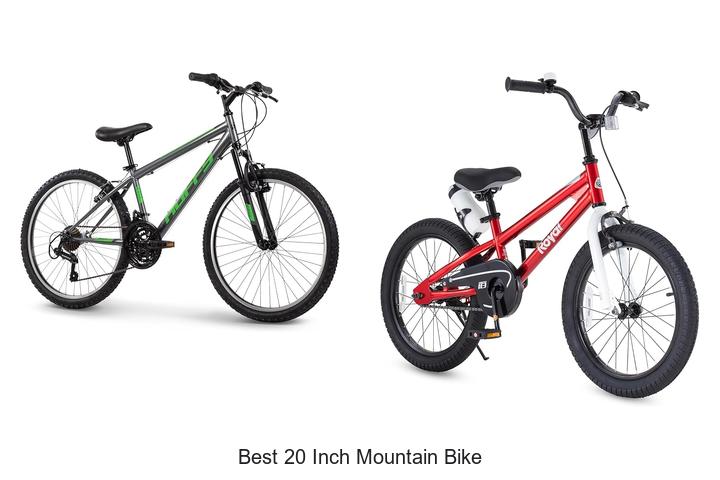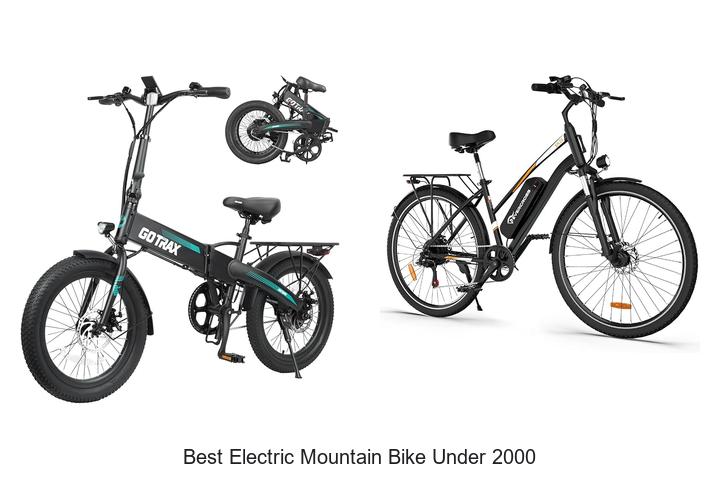How to Put a Chain on a Mountain Bike: Easy Step-by-Step Guide
Key Takeaways
- Proper tools like a chain tool, master link pliers, and gloves are essential for safely installing a mountain bike chain.
- Preparing your bike by removing the old chain and cleaning the new one ensures better performance and smoother installation.
- Position the chain on the smallest chainring and sprocket, then thread it carefully through the derailleur before connecting the links.
- Check chain tension and test shifting through all gears to confirm smooth operation and correct fit.
- Regular cleaning and lubrication after every 100-200 miles help maintain chain health and prevent premature wear.
- Replace your chain promptly when you notice elongation, skipping, or damaged links to protect your drivetrain components.
Getting your mountain bike chain back on might seem tricky if you haven’t done it before. But once you know the steps it’s a simple task that keeps your ride smooth and safe. Whether your chain slipped off during a tough trail or you’re doing routine maintenance you’ll want to get it back on quickly and correctly.
In this guide you’ll learn how to put a chain on your mountain bike the right way. With the right tools and a bit of patience you can avoid common mistakes and get your bike ready for the next adventure. Let’s dive into the basics so you can keep pedaling without a hitch.
Tools Needed to Put a Chain on a Mountain Bike
Putting a chain on your mountain bike requires specific tools to ensure proper installation and secure fitting. Using the right tools prevents damage and speeds up the process.
Essential Bicycle Tools
- Chain Tool: Removes and installs chain pins to adjust chain length or reconnect the chain links.
- Master Link Pliers: Opens and closes the master link quickly if your chain uses a quick-release link.
- Gloves: Protect your hands from grease and sharp edges while handling the chain.
- Rag or Cloth: Cleans the chain and components before installation to ensure smooth operation.
Optional Tools for Easier Installation
- Chain Whip and Cassette Lockring Tool: Hold the cassette steady if chain replacement requires cassette removal.
- Lubricant: Applied after installation for smooth chain movement and to prevent rust.
- Bike Stand: Secures your bike at a comfortable angle, allowing hands-free work and easier chain installation.
- Tweezers or Small Screwdriver: Helps align small chain components or master link pins during installation.
Preparing the Bike and Chain
Preparing your mountain bike and chain correctly lays the foundation for smooth installation. Follow these steps to ensure the chain fits and functions properly.
Removing the Old Chain (If Applicable)
Start by shifting your bike to the smallest chainring and smallest rear cog to reduce tension. Use your chain tool or master link pliers to disconnect the old chain. If the chain lacks a master link, push out a pin with a chain tool to separate it safely. Remove the chain completely and set it aside for recycling or disposal.
Inspecting and Cleaning the New Chain
Inspect the new chain for any visible damage, stiff links, or rust before installation. Lay the chain flat and flex it gently to spot stiffness. Clean the chain with a rag or chain cleaner if it shows signs of manufacturing residue or dust. Ensuring a clean chain eliminates excess dirt that can impair gear shifting and increase wear.
Step-by-Step Guide: How to Put a Chain on a Mountain Bike
Follow these clear steps to reinstall your mountain bike chain precisely. Proper positioning and connection ensure smooth shifting and efficient pedaling.
Positioning the Chain on the Sprockets
Place your chain on the smallest chainring at the front and the smallest sprocket on the rear cassette. This setup reduces tension, easing the threading process. Align the chain so it sits securely on the teeth without twisting or stretching across the sprockets.
Threading the Chain Through the Derailleur
Guide the chain carefully through the rear derailleur’s jockey wheels. Pass it under the derailleur cage, ensuring it follows the correct path between the upper and lower pulleys. Avoid forcing the chain; smooth threading preserves derailleur alignment and prevents damage.
Connecting the Chain Links
Join the chain ends using a master link or chain pin. Insert the master link halves and snap them firmly into place, or use a chain tool to press the pin through both links if there is no master link. Check the connection by flexing the chain slightly; it should move freely without stiffness or separation.
Adjusting and Testing the Chain
Ensuring your mountain bike chain fits correctly and functions smoothly after installation prevents gear slipping and extends drivetrain life.
Checking Chain Tension and Length
Check chain tension by pressing the chain midway between the front chainring and rear sprocket; it should have minimal slack, about 1/2 inch (12 mm). Shorten the chain if it causes tight shifting or restricts derailleur movement. Lengthen it by adding links if it sags or drops off the gears. Confirm the chain length allows the rear derailleur to fully extend on the largest sprocket without overstressing the pulleys.
Shifting Through Gears to Test Functionality
Shift through every gear combination on both the front chainrings and rear cogs while pedaling slowly. Ensure the chain moves smoothly without skipping or hesitating. Listen for unusual noises that may indicate misalignment or improper tension. If you detect slipping or difficulty shifting, readjust the chain length or check derailleur alignment until shifting is crisp and reliable.
Maintenance Tips for Longer Chain Life
Maintaining your mountain bike chain enhances performance and extends its lifespan. Regular care prevents premature wear and costly replacements.
Regular Cleaning and Lubrication
Clean your chain every 100-200 miles or after riding in wet or muddy conditions. Use a degreaser and a stiff brush to remove dirt and grime buildup. Rinse thoroughly and allow the chain to dry completely before applying lubricant. Apply a suitable chain lubricant drop-by-drop on each link’s rollers while slowly rotating the pedals backward. Wipe off excess lubricant with a clean rag to prevent attracting more debris. Avoid using heavy grease that can trap dirt and impair smooth functioning.
Signs You Need to Replace the Chain
Replace your chain if you notice stretched links, skipping gears, or poor shifting performance. Measure chain stretch with a chain checker tool; replace when it reaches 0.5% elongation for 9-10 speed chains or 0.75% for 11-speed or higher. Check for rust, stiff links, or visible damage. Frequent slipping under load also indicates a worn chain. Timely replacement preserves cassette and chainring condition, reducing overall drivetrain repair costs.
Conclusion
Getting your mountain bike chain back on doesn’t have to be intimidating. With the right approach and tools, you can handle this task confidently and keep your ride smooth. Taking the time to ensure proper installation and regular maintenance will save you from unexpected breakdowns and improve your bike’s performance.
Remember, a well-fitted chain means better shifting and longer drivetrain life. Keep practicing these steps, and soon putting a chain on your mountain bike will feel like second nature. Your bike—and your rides—will thank you for it.
